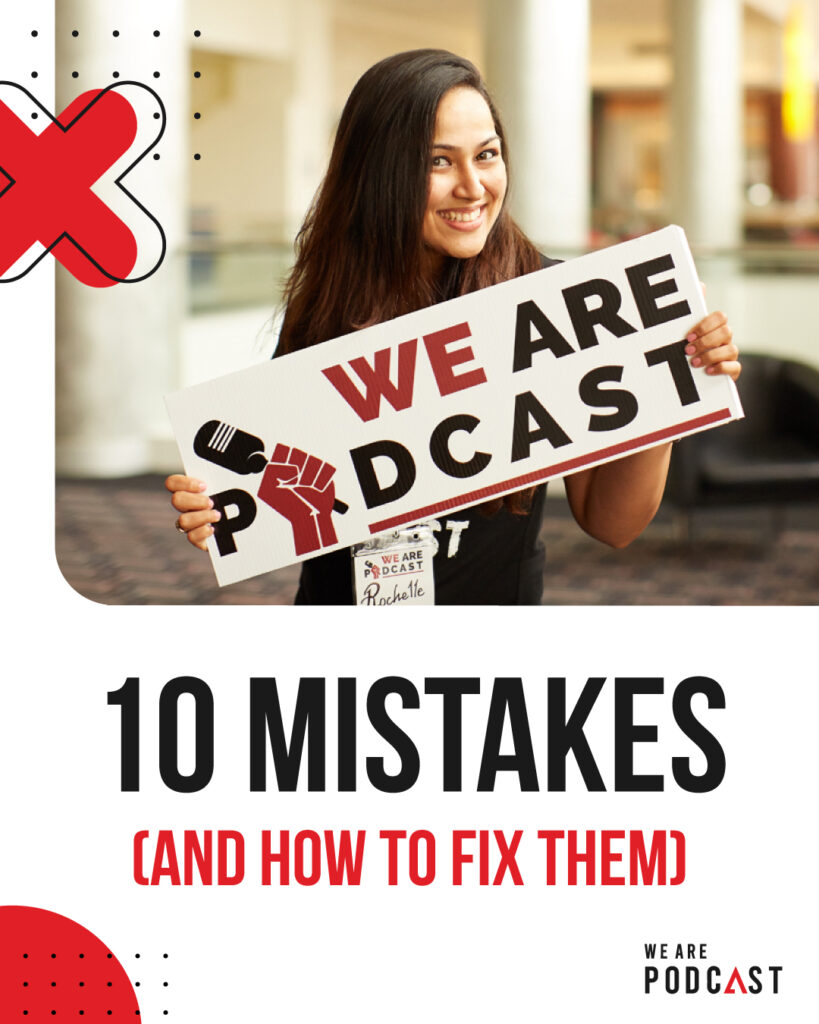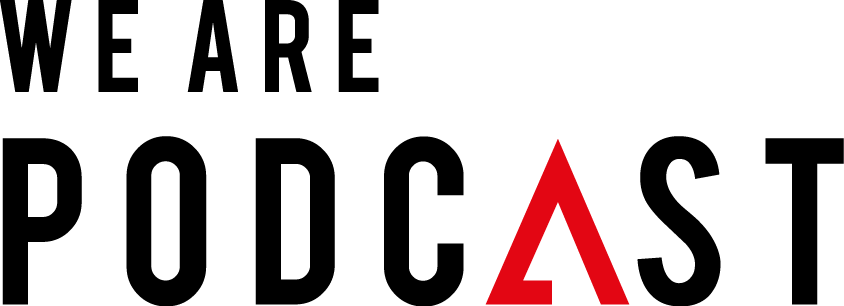Are you tired of guessing the success of your podcast and wondering how to measure it accurately? Measure your podcast success with the best analytics tools, workflow and mistakes to avoid for businesses and brands.
We all want the best podcast analytics for our businesses
The right podcast analytics tools can provide valuable insights into your audience and content, giving you the information you need to make informed decisions and improve your show. But with so many options out there, it can be difficult to know where to start. That’s why I’ve put together this guide to the best podcast analytics tools for businesses.
In this article, you’ll learn about the top tools to measure your podcast success and get the information you need to grow your audience and improve your content. But that’s not all – I’ll also be covering five common mistakes business owner podcasters make when it comes to measuring success, and how to avoid them. Get ready to take your podcast to the next level and start measuring your success with confidence!
Mistakes to avoid when it comes to your podcast analytics
 Mistake #1: Not tracking your downloads and listens
Mistake #1: Not tracking your downloads and listens
One of the biggest mistakes that podcasters make is not tracking their downloads and listens. This is a critical mistake because it’s important to know how many people are tuning into your show. And how often they’re listening. You can use podcast analytics tools like Podtrac, Blubrry, or Chartable to track your downloads and listens, and see which episodes are getting the most traction.
Mistake #2: Ignoring your audience’s behavior
Another common mistake is ignoring your audience’s behavior. Understanding your audience is critical to the success of your podcast. You need to know who they are, what they like, and what they don’t like. You can use tools like Apple Podcasts Analytics, or Castos to get insights into your audience’s behavior. Then make data-driven decisions about your content.
Mistake #3: Not measuring your audience engagement
Measuring your audience engagement is another critical component of a successful podcast analytics strategy. You need to know how engaged your audience is with your content, and what you can do to improve their experience. You can use tools like RadioPublic, Podbean, or Google Analytics to track audience engagement. Also get insights into how your listeners interact with your show.
Mistake #4: Not using social media analytics
Social media is a powerful tool for promoting your podcast and building your audience. However, many podcasters overlook the importance of using social media analytics to track their performance. You can use tools like Hootsuite, Sprout Social, or Buffer to track your social media performance and see what’s working and what’s not.
Mistake #5: Not measuring your ROI
Finally, it’s important to measure your return on investment (ROI) from your podcast. This will help you understand the impact of your podcast on your business and determine whether it’s worth the time and resources you’re putting into it. You can use tools like Acast, Libsyn, or Audioboom to track your ROI and see if your podcast is having a positive impact on your business.
PS – Click here to hear my podcast episode on mistakes podcasters make on Spotify.
A workflow to measure your podcast analytics
Measuring the success of your podcast can be a complex task, but with the right tools and a structured workflow, it can be done effectively. Here is a typical workflow to measure your podcast success:
Before measuring data
- Identify Key Metrics: Start by determining what success means to you and what metrics you need to track in order to measure it. Some common metrics include the number of downloads, the number of unique listeners, the average listening time, and the average rating and review scores.
- Choose the Right Tools: Based on your identified metrics, choose the right podcast analytics tools to help you track and measure them. Popular tools include Apple Podcasts Analytics, Google Analytics, and Podcast Insights.
- Set up Tracking: Once you have chosen your analytics tools, set them up to start tracking your podcast metrics. This may include adding tracking codes to your website, integrating your podcast hosting platform, and setting up custom events and goals in Google Analytics.
Collecting and making sense of the data
- Collect Data: Allow your analytics tools to collect data over a period of time. The longer the data collection period, the more accurate the insights you’ll get.
- Analyze Data: Start analyzing your podcast data using the analytics tools you’ve chosen. Use the insights to make informed decisions about your podcast, such as how to improve your content and reach a wider audience.
- Use Insights to Improve: Based on the insights you’ve gathered, make changes to your podcast strategy and content. Test different tactics and continue to analyze the results to see what is working and what isn’t.
- Repeat: Repeat the process regularly to continuously monitor your podcast’s success and make informed decisions for improvement.
By following this workflow and using the right podcast analytics tools, you can measure the success of your podcast and make informed decisions to improve and grow your audience.
In conclusion, using the right podcast analytics tools is critical to the success of your podcast. By tracking your downloads and listens, understanding your audience’s behavior, measuring your audience engagement, using social media analytics, and measuring your ROI, you can get a clear picture of your podcast’s performance and make data-driven decisions about your content. So choose the right tools for your business, and start measuring your podcast success today.
I’ve compiled a list of the top 10 mistakes (and how to avoid them) you can get your copy here.

